Phylum Chordata Speed Springbok: 88 km/h | ||
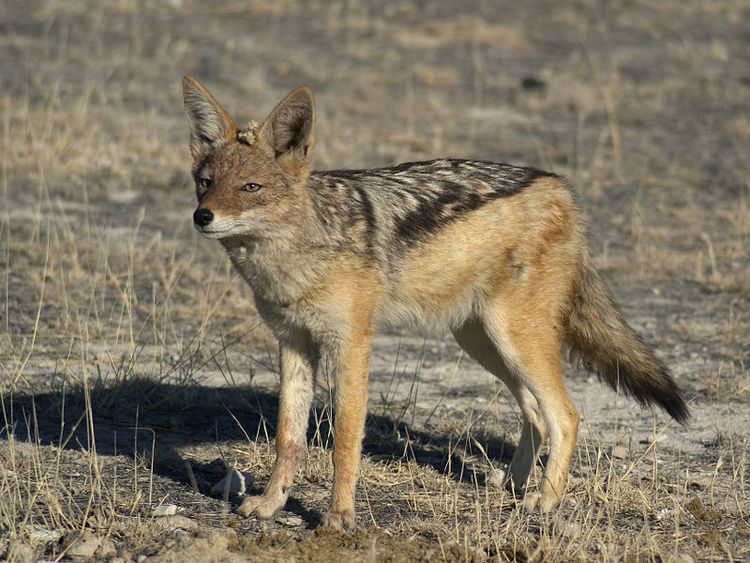 | ||
Genus Included in CanisLinnaeus, 1758 Mass Side-striped jackal: 6.5 – 14 kg, Springbok: 33 – 48 kg Height Side-striped jackal: 35 – 50 cm, Springbok: 70 – 90 cm Length Side-striped jackal: 69 – 81 cm, Springbok: 1.5 – 2 m Gestation period Side-striped jackal: 57 – 70 days, Springbok: 168 days Tail length Side-striped jackal: 30 – 41 cm, Springbok: 15 – 30 cm Representative species Golden jackal, Side‑striped jackal, Springbok | ||
Jackal on the hunt gangster jackals
The jackal is a small omnivorous mammal of the genus Canis, which also includes the wolf and dog. While the word "jackal" has historically been used for many small canids, in modern use it most commonly refers to three species: the closely related black-backed jackal and side-striped jackal of sub-Saharan Africa, and the golden jackal of south-central Eurasia.
Contents
- Jackal on the hunt gangster jackals
- Jackal animal style official full stream
- Etymology
- Taxonomy and relationships
- Interbreeding with dogs
- Folklore mythology and literature
- References

Jackals and coyotes (sometimes called the "American jackal") are opportunistic omnivores, predators of small- to medium-sized animals and proficient scavengers. Their long legs and curved canine teeth are adapted for hunting small mammals, birds, and reptiles, and their large feet and fused leg bones give them a physique well-suited for long-distance running, capable of maintaining speeds of 16 km/h (9.9 mph) for extended periods of time. Jackals are crepuscular, most active at dawn and dusk.
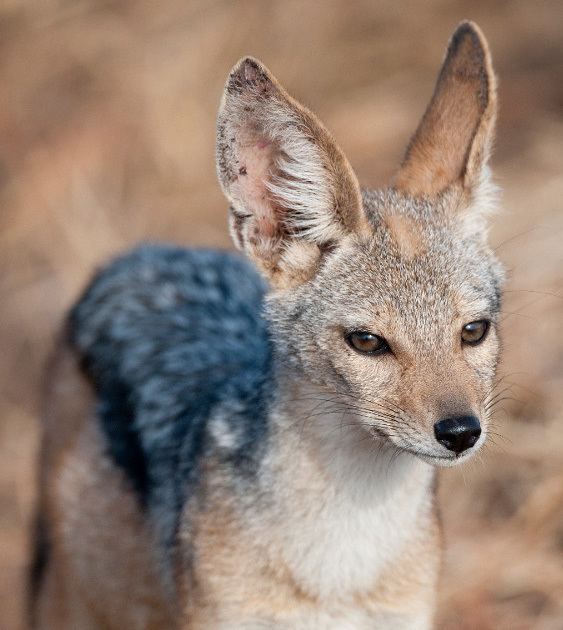
Their most common social unit is a monogamous pair, which defends its territory from other pairs by vigorously chasing intruding rivals and marking landmarks around the territory with their urine and feces. The territory may be large enough to hold some young adults, which stay with their parents until they establish their own territories. Jackals may occasionally assemble in small packs, for example, to scavenge a carcass, but they normally hunt either alone or in pairs.

Jackal animal style official full stream
Etymology
The English word "jackal" derives from Persian شغال shoghāl, cognate with Sanskrit सृगालः / sṛgālaḥ.
Taxonomy and relationships
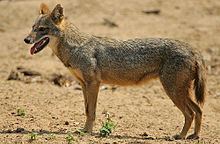
The taxonomy of the jackals has evolved with scientific understanding about how they are related on the canid family tree.
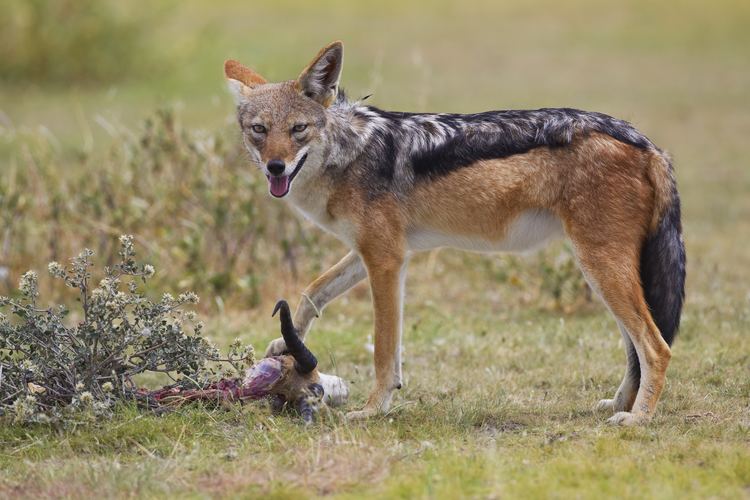
Similarities between jackals and coyotes led Lorenz Oken, in the third volume of his Lehrbuch der Naturgeschichte (1815), to place these species into a new separate genus, Thos, named after the classical Greek word θώς "jackal", but his theory had little immediate impact on taxonomy at the time. Angel Cabrera, in his 1932 monograph on the mammals of Morocco, questioned whether or not the presence of a cingulum on the upper molars of the jackals and its corresponding absence in the rest of Canis could justify a subdivision of the genus Canis. In practice, Cabrera chose the undivided-genus alternative and referred to the jackals as Canis instead of Thos.
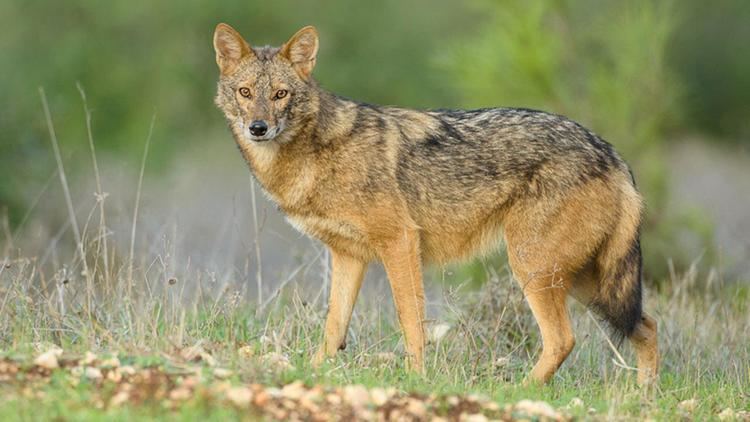
Oken's Thos theory was revived in 1914 by Edmund Heller, who embraced the separate genus theory. Heller's names and the designations he gave to various jackal species and subspecies live on in current taxonomy, although the genus has been changed from Thos to Canis.
Modern research has clarified the relationships among the "jackal" species. Despite their similarities, jackals do not all stem from the same branch on the canid family tree. The side-striped jackal and black-backed jackal belong to a separate distinct branch of canids, while the golden jackal, belongs to a branch that includes the Ethiopian wolf (Canis simensis), the coyote, and Canis lupus, the grey wolf/domestic dog. Because of this deep divergence between the black-backed/side-striped jackal and the golden jackal (as well as the rest of the "wolf-like" canids), it has been proposed to change the two species' generic name from Canis to Lupulella.
The intermediate size and shape of the Ethiopian wolf has at times led it to be regarded as a jackal, thus it has been called the "red jackal" or the "Simien jackal", but it has more often been considered and called a "wolf".
Interbreeding with dogs
Experiments in Germany with breeding poodles and golden jackals have produced hybrids. The results showed that, unlike wolf–dog hybrids, jackal–dog hybrids show a decrease in fertility, significant communication problems, and an increase of genetic disorders after three generations of interbreeding, much like coydogs.
In Russia, golden jackals are one of the founder breeds of the Sulimov dog, a working dog owned exclusively by Aeroflot and used for bomb detection in airport security.
